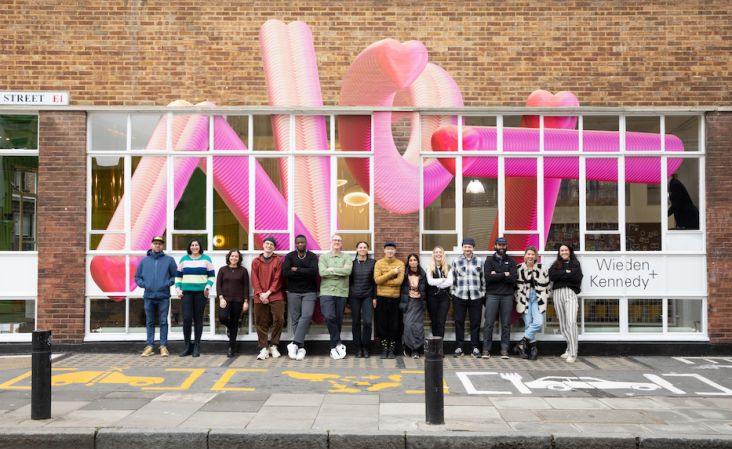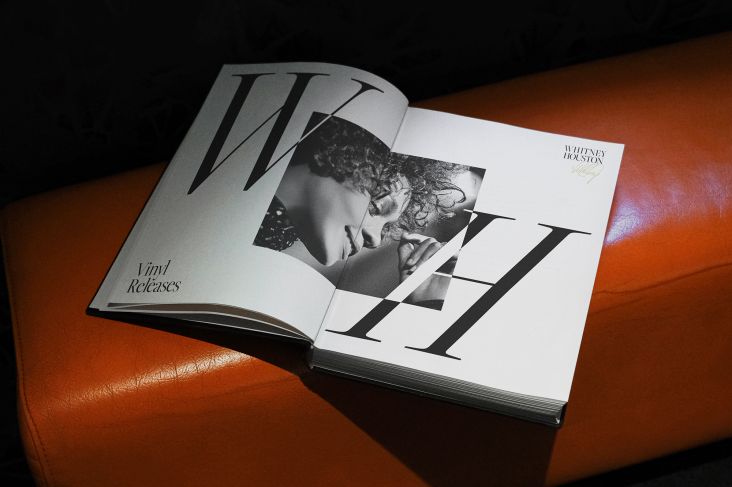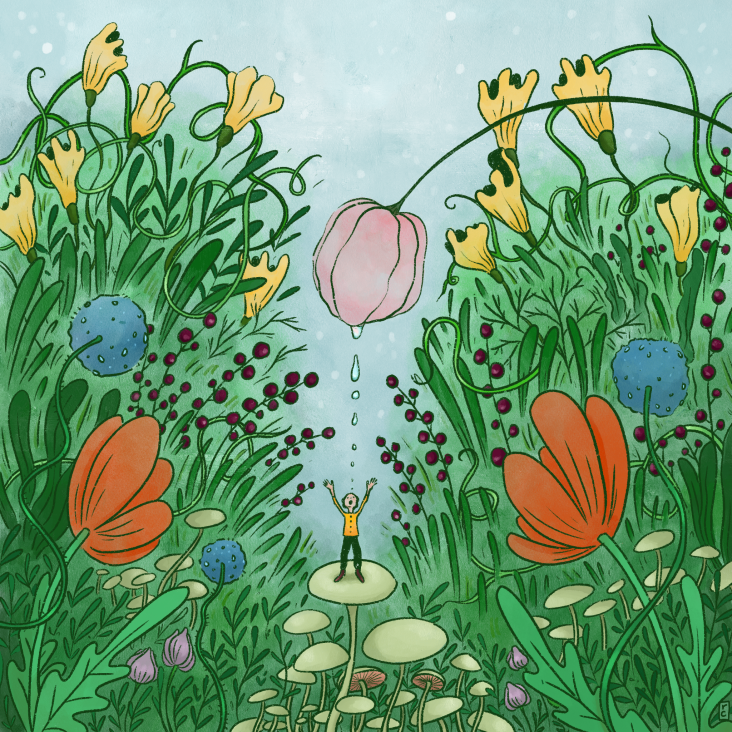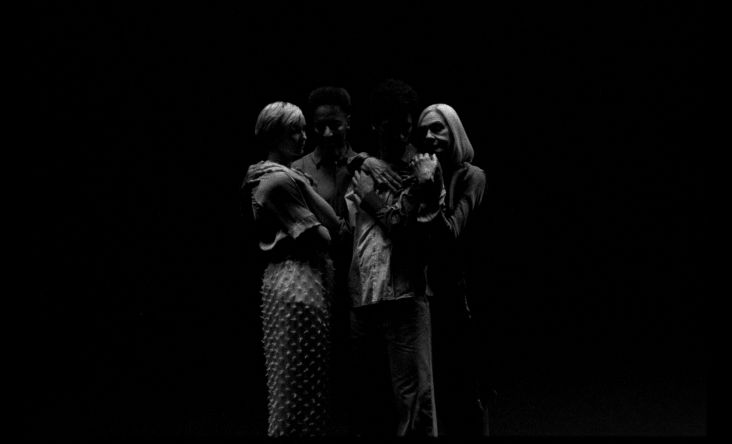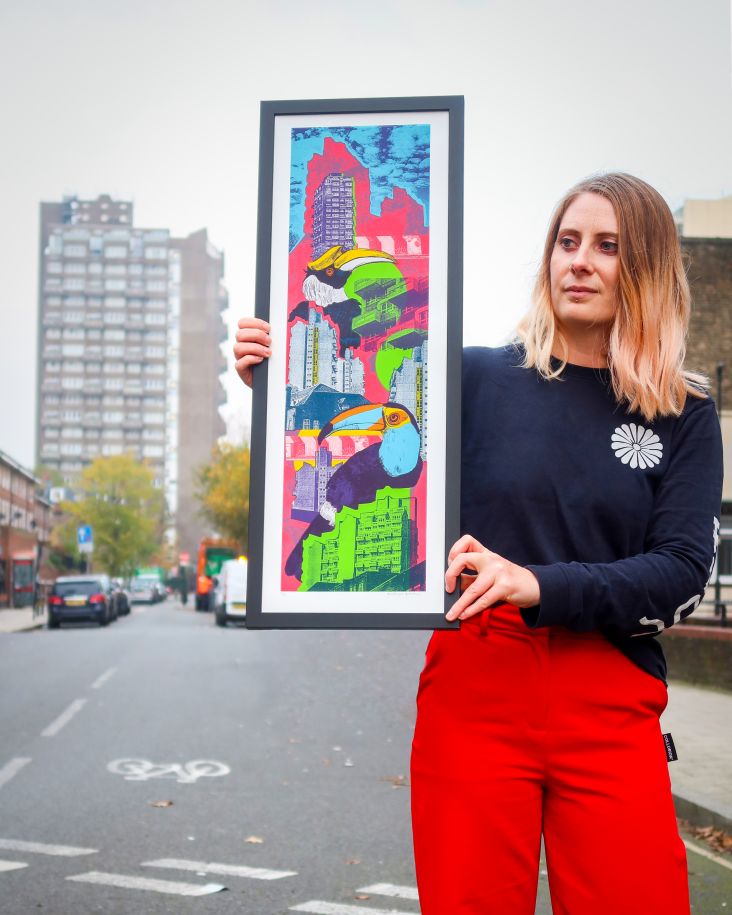Chew On This: Martin Parr's new photo exhibition explores the realities of '90s village life
Rather than indulge in sentimental cliches about English villages, a new Martin Parr exhibition takes a more down-to-earth approach.
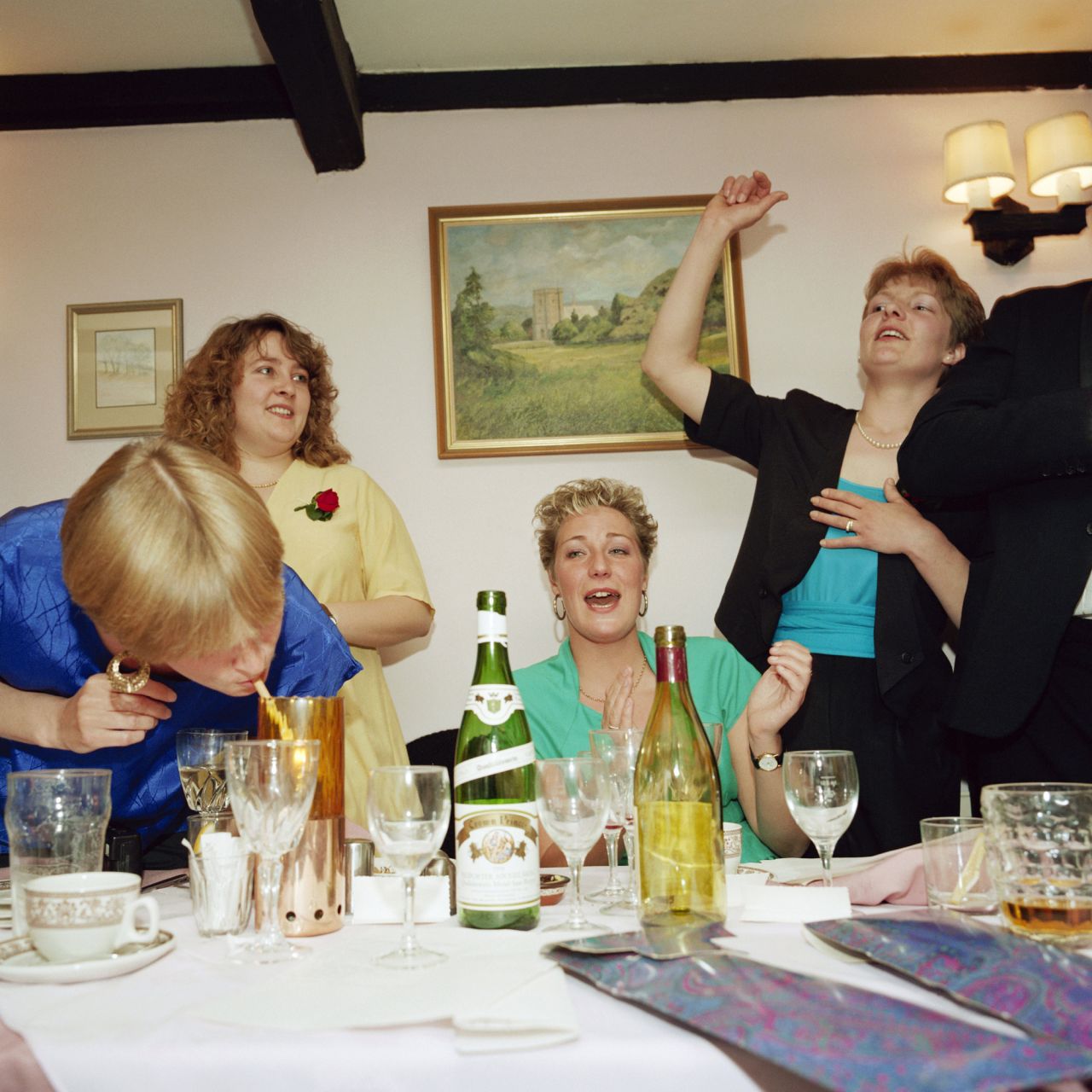
Chew Stoke, England, 1992 © Martin Parr / Magnum Photos
We British love to romanticise the countryside and, in particular, the village. From The Vicar of Dibley to John Major's evocation of "warm beer and... old maids bicycling to Holy Communion through the morning mist", we imagine it as a pastoral idyll, populated by simple, lovable and eccentric characters. Most of us who've grown up in villages, though, have experience to the contrary.
My own village of Chew Magna, in north-east Somerset, was very pretty, with all the cows, fields and rustic cottages you could ask for. But as a kid in the 1980s, it felt anything but serene, with the children of upper-class landowners, time-poor middle-class commuters and tribal, spiky natives constantly butting heads.
So it was fascinating to learn that in 1992 the great documentary photographer Martin Parr spent a year shooting the neighbouring village of Chew Stoke for The Telegraph Magazine. Images from this lesser-known series are now being exhibited for the first time. And from my viewpoint, they do a great job of capturing the realities of Chew Stoke village life in the period rather than their idealised form.
And that's no coincidence because, well, Martin put the work into this project. Throughout 1992, he would visit Chew Stoke frequently from his nearby home in Bristol, often accompanied by journalist Robert Chesshyre. During this time, he used 329 rolls of film.

Chew Stoke, England, 1992 © Martin Parr / Magnum Photos
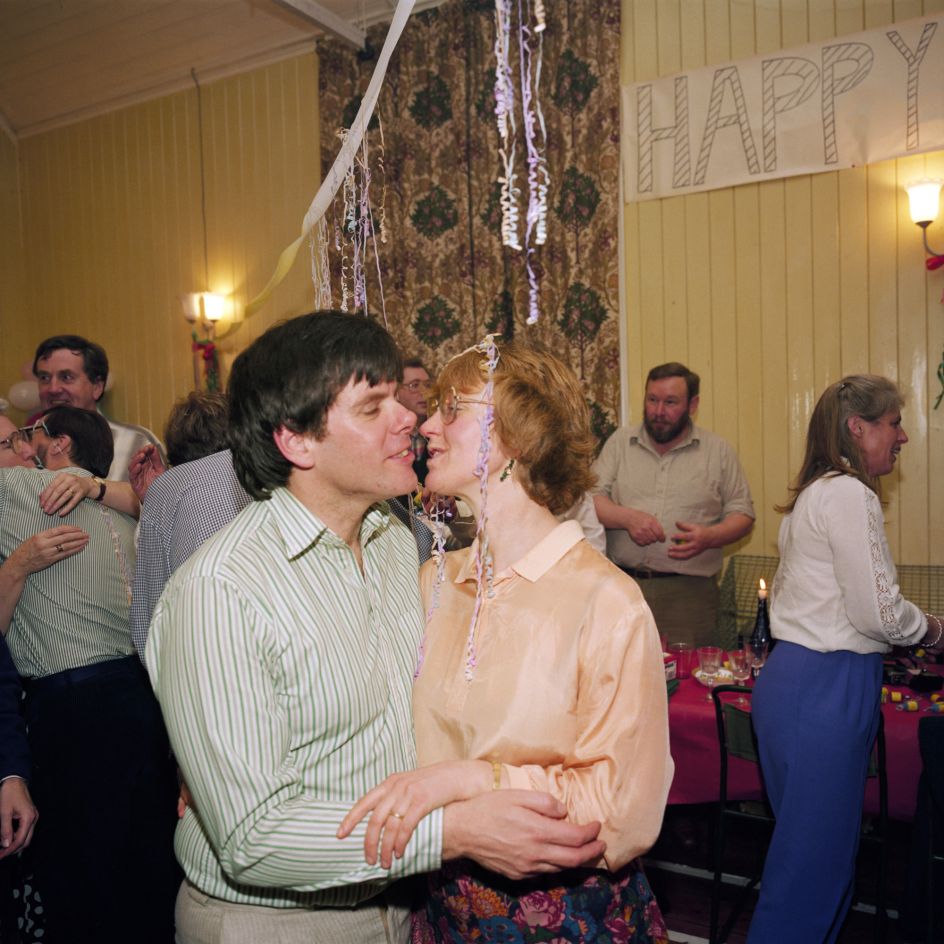
Chew Stoke, England, 1992 © Martin Parr / Magnum Photos
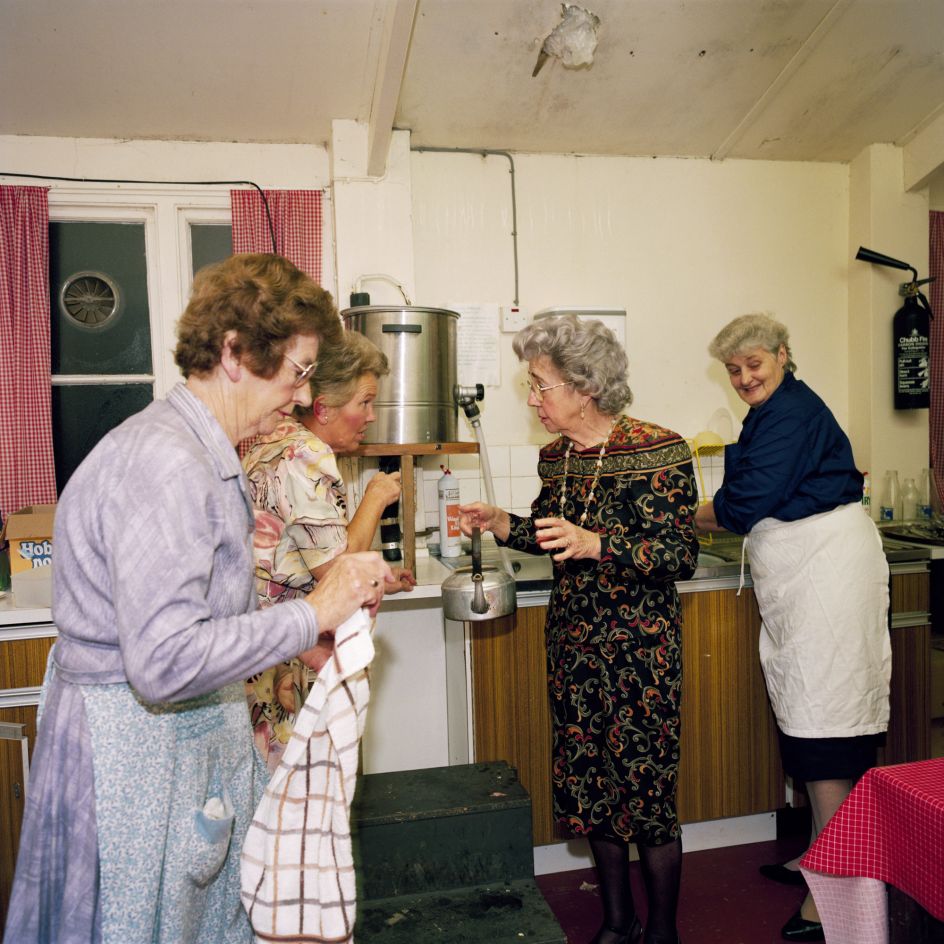
Chew Stoke, England, 1992 © Martin Parr / Magnum Photos
Martin chose the village due to its proximity to Bristol and its shop, village hall, pub, post office, church and school: the key establishments around which village life rotates. Over time, the two men nurtured relationships with villagers, who invited them to attend and photograph cricket matches, weddings, Christmas plays and community events.
These images capture the details and rhythms of village life: the milk deliveries, school drop-offs, gardening, keep-fit classes, cups of tea, pints in the pub, jars of homemade lemon curd, and jumble sales.
But to my eye, these scenes have an undercurrent of strain, and that's no accident. At the time, tensions were rising in Chew Stoke due to an influx of newcomers commuting to Bristol and high house prices forcing some villagers out. Collectively, the images provide insight into the delicate social structures of village life under pressure. (Other perspectives and recollections may differ.)
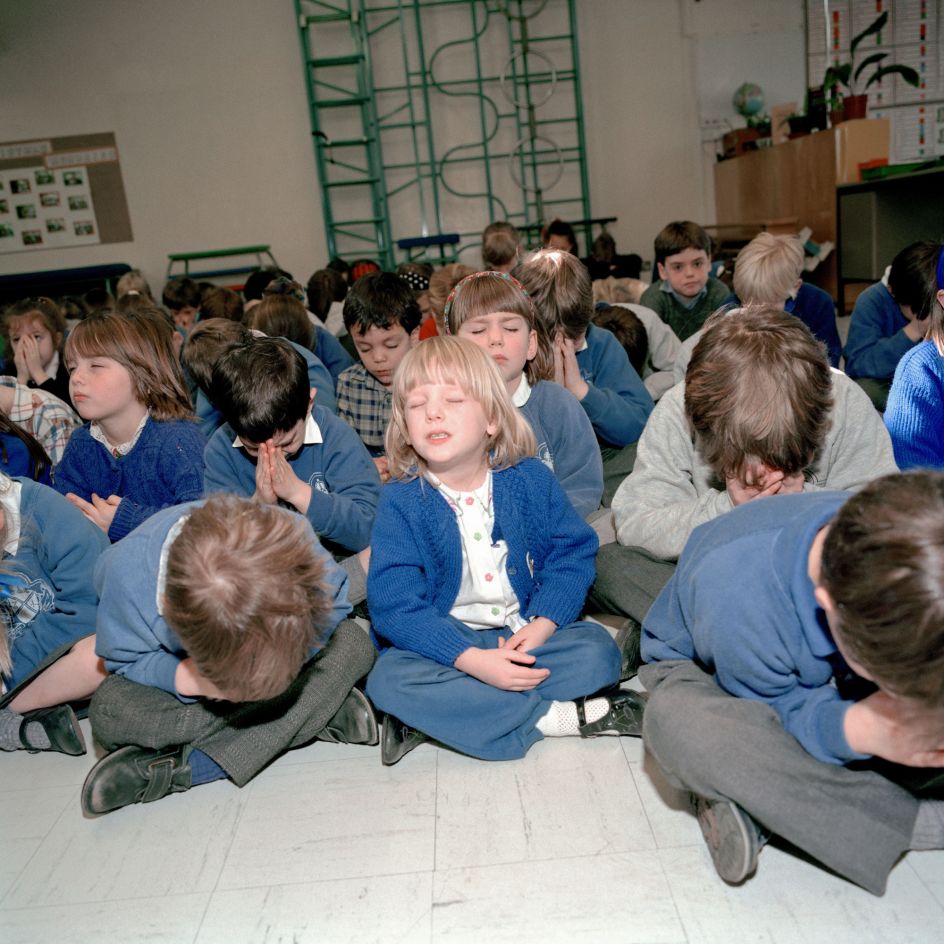
Chew Stoke, England, 1992 © Martin Parr / Magnum Photos
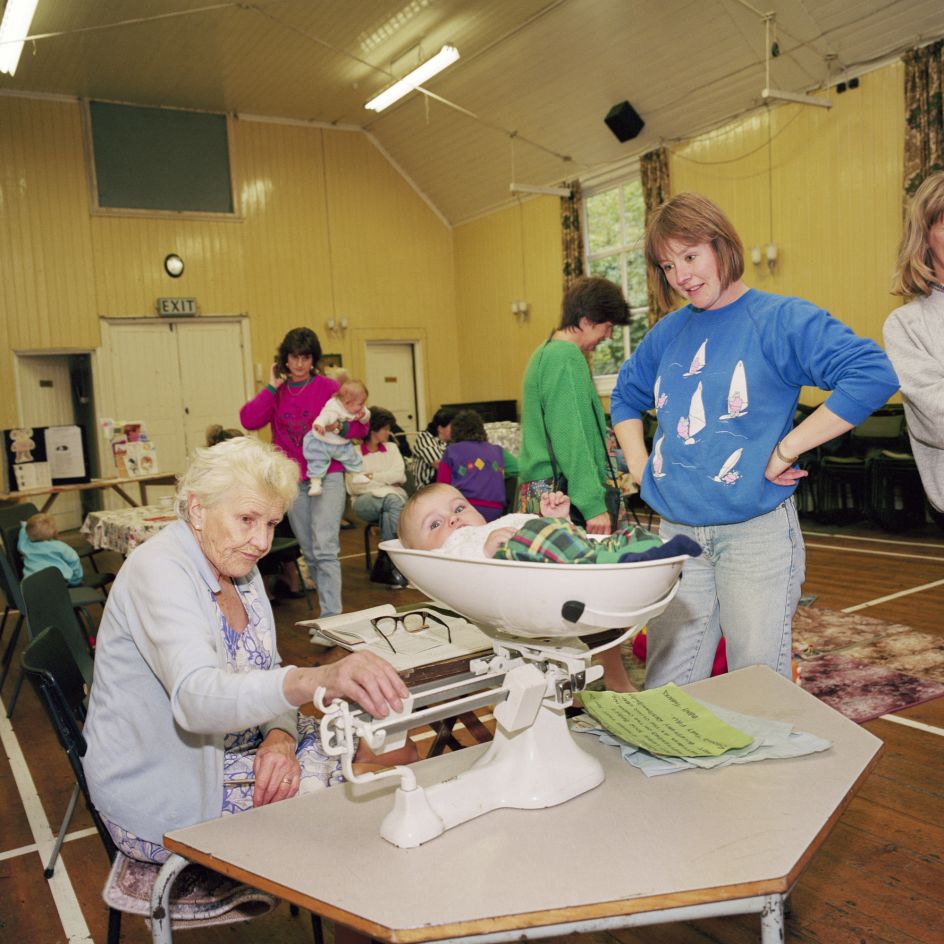
Chew Stoke, England, 1992 © Martin Parr / Magnum Photos
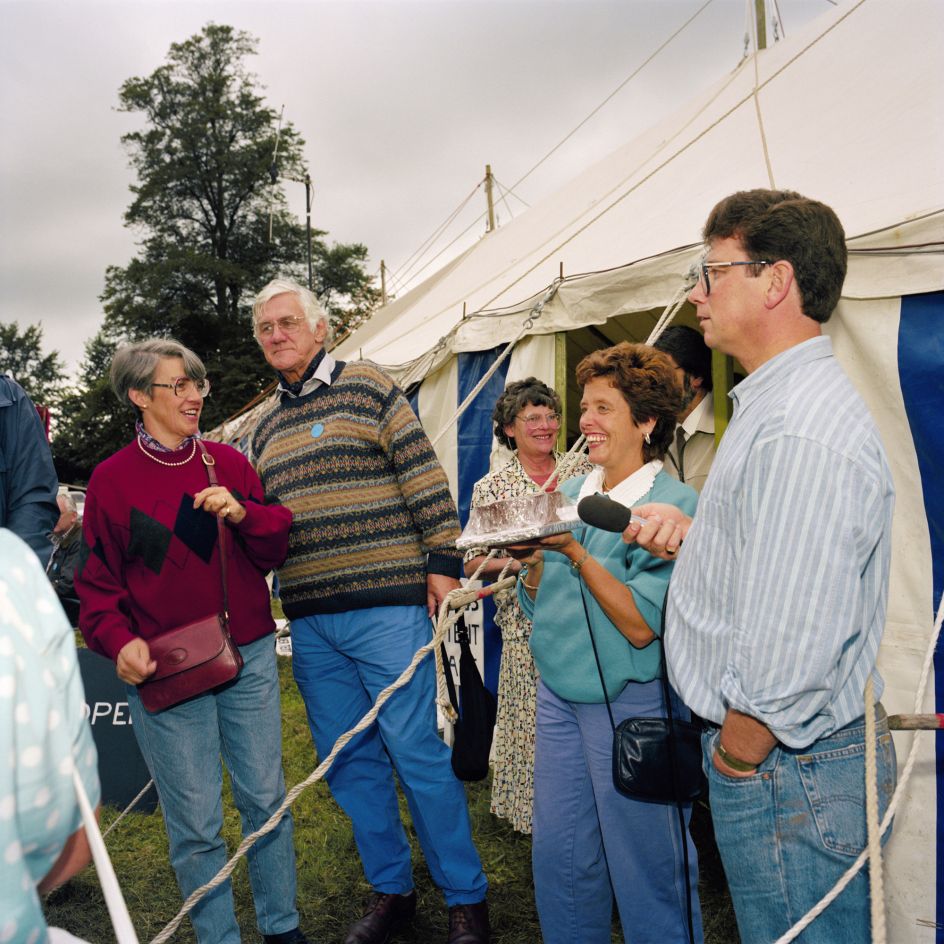
Chew Stoke, England, 1992 © Martin Parr / Magnum Photos
Back in 1993, the Telegraph magazine featured the project across 16 pages, and an exhibition was held at the village hall. Fast-forward to last year, and a new edit was published in the book Martin Parr: A Year in the Life of Chew Stoke Village by RRB Photobooks.
However, until recently most of the photographs remained unpublished. And so this new exhibition draws upon the extensive archive prints and contact sheets to show the story behind the story. The exhibition will include over 200 unpublished archive prints and contact sheets, providing a rare insight into Martin's working and editing practice.
Archive materials
These Chew Stoke images fit into Martin's 50-year project documenting life in the UK, which has particular focus on how people go about their leisure pursuits. "I looked at what was going on in one village and photographed it quite carefully and intensely," he explains.
But just as important as the finished shots are the associated archive, held by the Martin Parr Foundation. "When founding this centre for British photography, part of its aim was to preserve and display important archive materials from various photographers," he explains. "This is often just as interesting, sometimes more so than the published work."
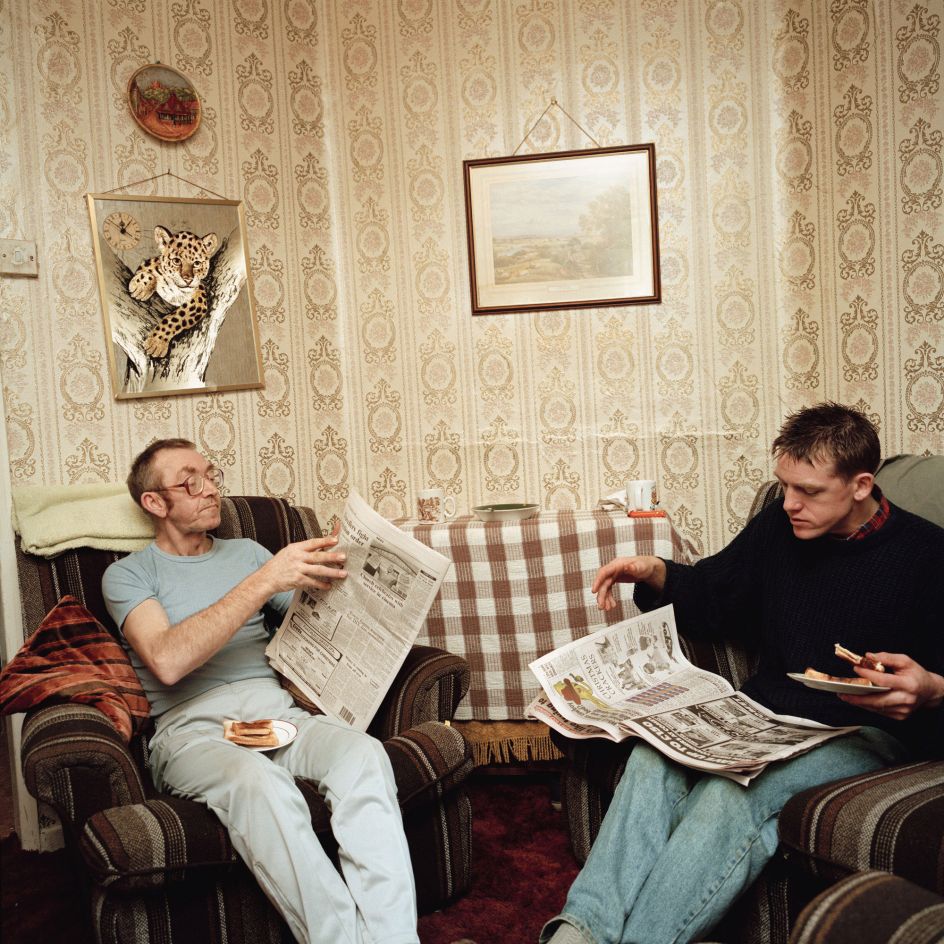
Chew Stoke, England, 1992 © Martin Parr / Magnum Photos
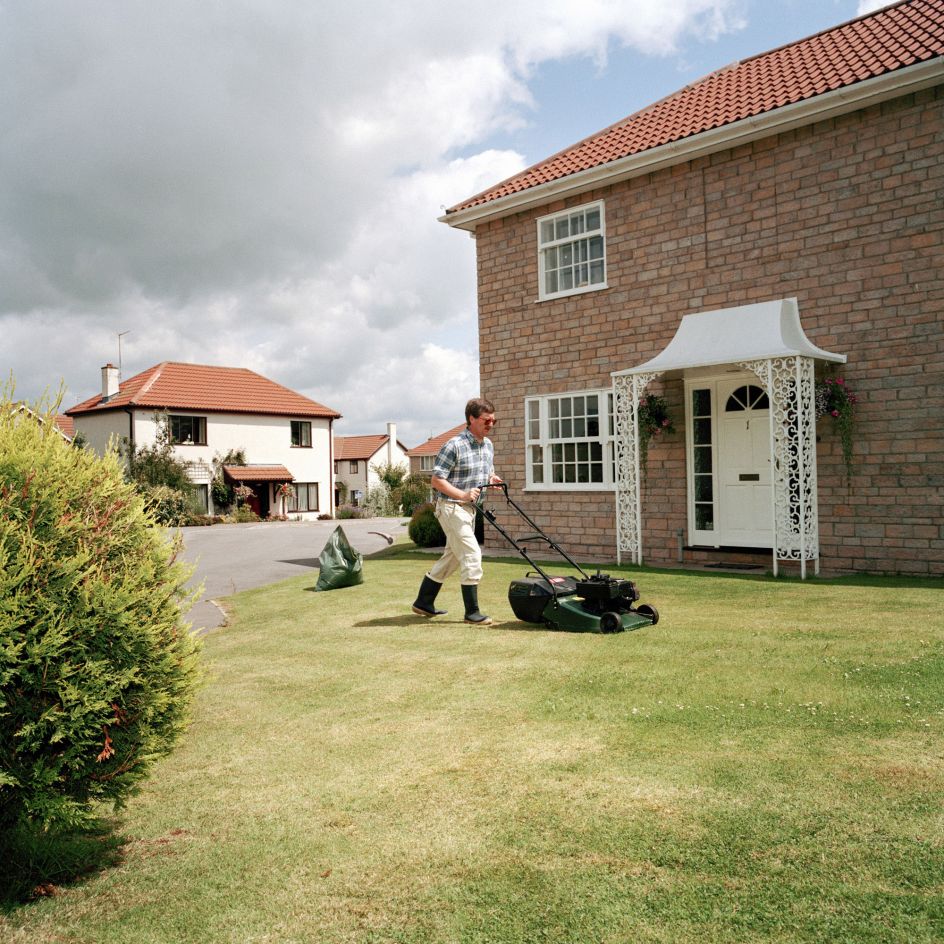
Chew Stoke, England, 1992 © Martin Parr / Magnum Photos
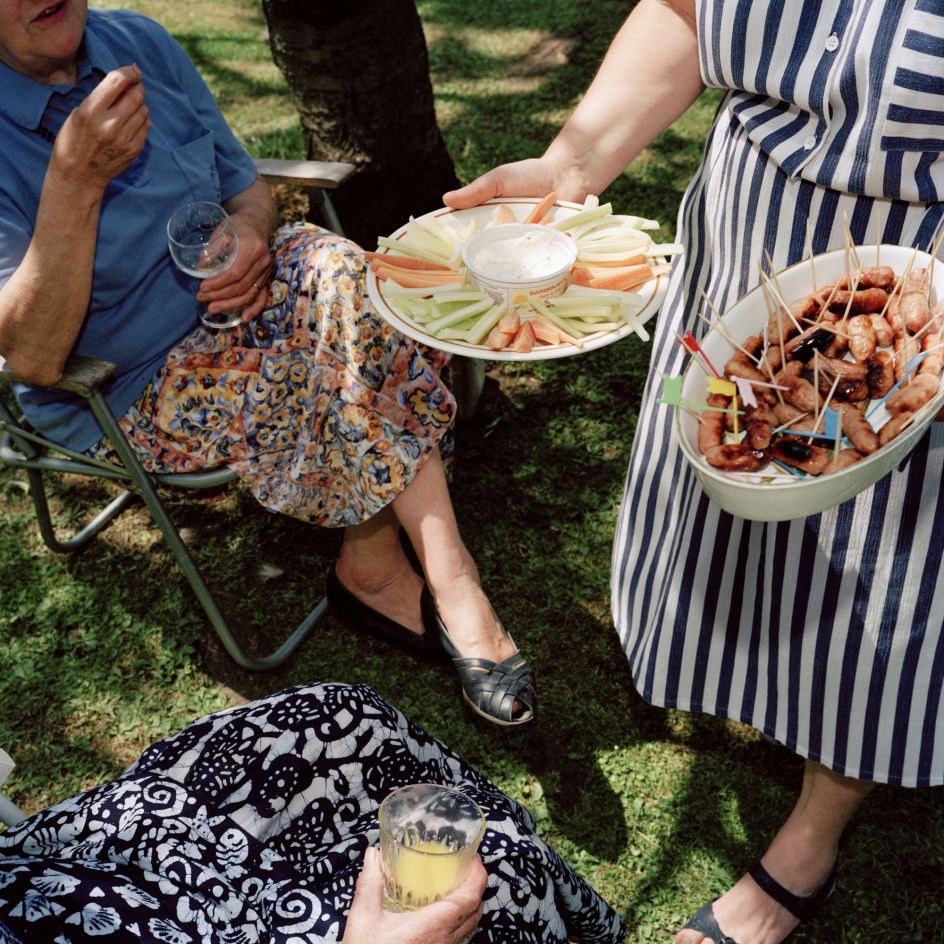
Chew Stoke, England, 1992 © Martin Parr / Magnum Photos
"The village has a cherished place in most English hearts," adds Robert Chesshyre. "Research shows that seven out of ten Britons would live in the country if they could. We carry a warm mental picture: timeless, unspoilt, sunlit; roses at the cottage door; cricket on the green; a stream flowing through frosted fields; lingering evenings in a village pub; carols in a country church.
"There is an alternative image: of young people forced to leave because scarce housing has been taken by commuters and the retired; of failed village shops and non-existent buses; of isolation and the wagging of gossips' tongues. Which of these notions does the modern village match?"
He concludes: "Between Chew Stoke, and Bristol rises Dundry Hill, over 600ft high and as total a barrier between town and country as there can be in Britain. Throughout 1992, photographer Martin Parr and I crossed that frontier regularly. This is our report from the other side."
The exhibition A Year in the Life of Chew Stoke Village takes place at the Martin Parr Foundation, 316 Paintworks, Bristol BS4 3AR from 19 January to 9 April. Entry is free, and opening times are Thurs to Sun, 10.30am-5.30pm. For those who can't make it to Bristol, the accompanying book by RRB Photobooks is available from RRB Books for £48.




 by Tüpokompanii](https://www.creativeboom.com/upload/articles/58/58684538770fb5b428dc1882f7a732f153500153_732.jpg)


 using <a href="https://www.ohnotype.co/fonts/obviously" target="_blank">Obviously</a> by Oh No Type Co., Art Director, Brand & Creative—Spotify](https://www.creativeboom.com/upload/articles/6e/6ed31eddc26fa563f213fc76d6993dab9231ffe4_732.jpg)









